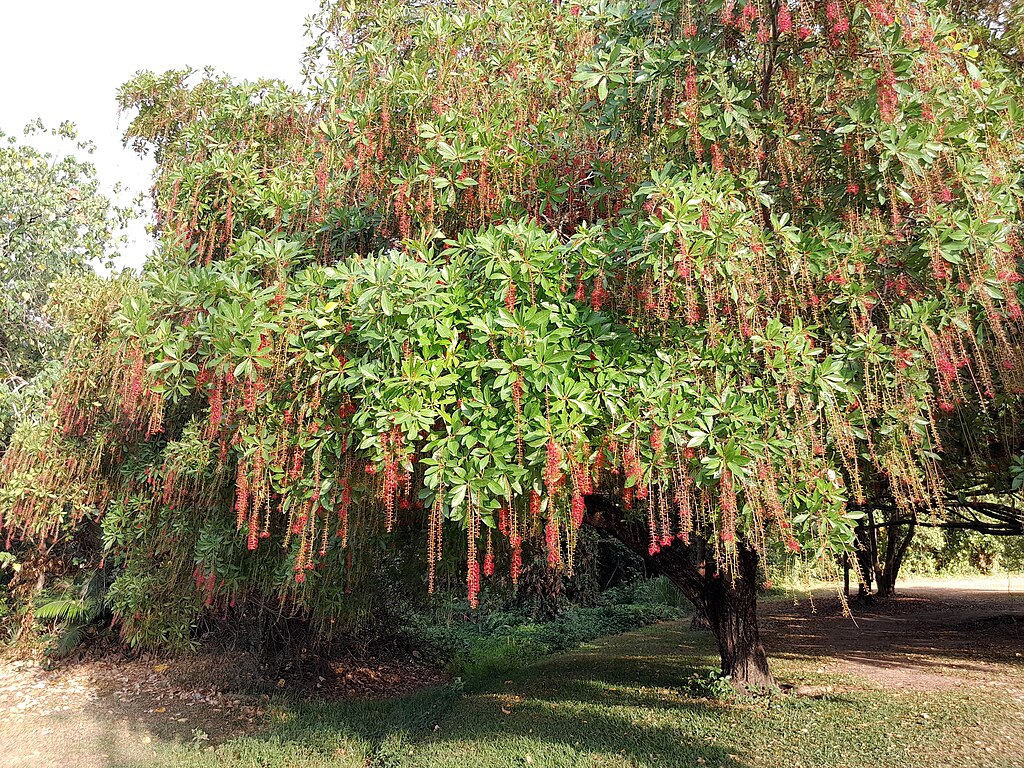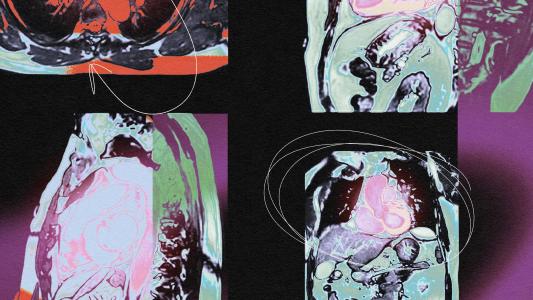In 1986, John Watson was hunting in the remote Kimberley region of northwestern Australia when a crocodile attacked him. Watson escaped but not before the crocodile bit off a piece of his finger. Wounded and enduring white-hot pain, Watson sought out a mudjala freshwater mangrove tree. He tore off a piece of its bark, chewed it, and applied the paste to his wound before seeking medical attention.
That might have been the end of it — a story to tell the grandkids or as an icebreaker for parties — except word of Watson’s ordeal reached Ron Quinn, professor emeritus at Griffith University and member of the Griffith Institute for Drug Discovery. Quinn wanted to know why Watson covered his wound in mangrove paste, an inquiry that ignited a 30-year partnership between the Nyikina Mangala people and Griffith University.

Turns out, the Nyikina Mangala, an Aboriginal Australian people of which Watson is an elder, have used the mudjala freshwater mangrove tree’s bark, roots, and leaves for various purposes since time immemorial. They have utilized it to create painkillers (as Watson did), and they have even used it to create drugs that stun fish, making them easier to catch. In fact, the mudjala tree has long played a role in their Dreamtime stories, a collection of stories, spiritual ideas, and foundational beliefs handed down orally through Aboriginal tribes.
Quinn spent years studying the bark and found that it contains two active compounds. The first is effective against inflammatory pain, and the second eases pain associated with nerve injury. By Quinn and Watson’s estimate, the compound could create a medication more effective at easing pain than morphine.
It’s good to hear that all the work we’ve done over the years was worth it.
John Watson
The duo aims to use these compounds to create a natural, over-the-counter pain medication — likely in the form of a gel or cream. The medication could treat pain from cuts, sores, and puncture wounds, and they hope to debut the product for the athletes competing in the 2032 Brisbane Olympics.
“We hope to convince the Therapeutic Goods Administration that thousands of years of oral history from the Aboriginal people could benefit all Australians,” Quinn said. “I’m just really happy that it’s starting to acknowledge traditional knowledge and hopefully we can move that forward further.”
To do that, Watson, Quinn, and the team at Quinn’s lab need to establish and standardize the composition of the product. In 2021, they received the Jacka Foundation for Natural Therapies grant to further that research. This year, they earned the Australian Academy of Technological Sciences & Engineering’s (ATSE) Traditional Knowledge Innovation Award.
According to the Academy, the project received the award not only for the potential commercial applications but also for its approach to “retaining traditional ownership and respect for the integrity of traditional knowledge.” Griffith University has handed its ownership rights to the Jarlmadangah Burru Aboriginal Community and hopes the project creates a path for recognizing and validating other potential scientific advancements from traditional knowledge.
“It may also open up a window for other Indigenous medicine usage to actually hit the market similar to our one,” Anthony Watson, John’s son, said.
Watson added: “It’s good to hear that all the work we’ve done over the years was worth it.”






